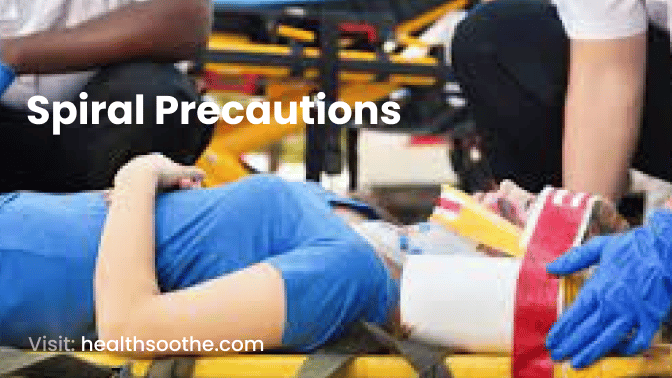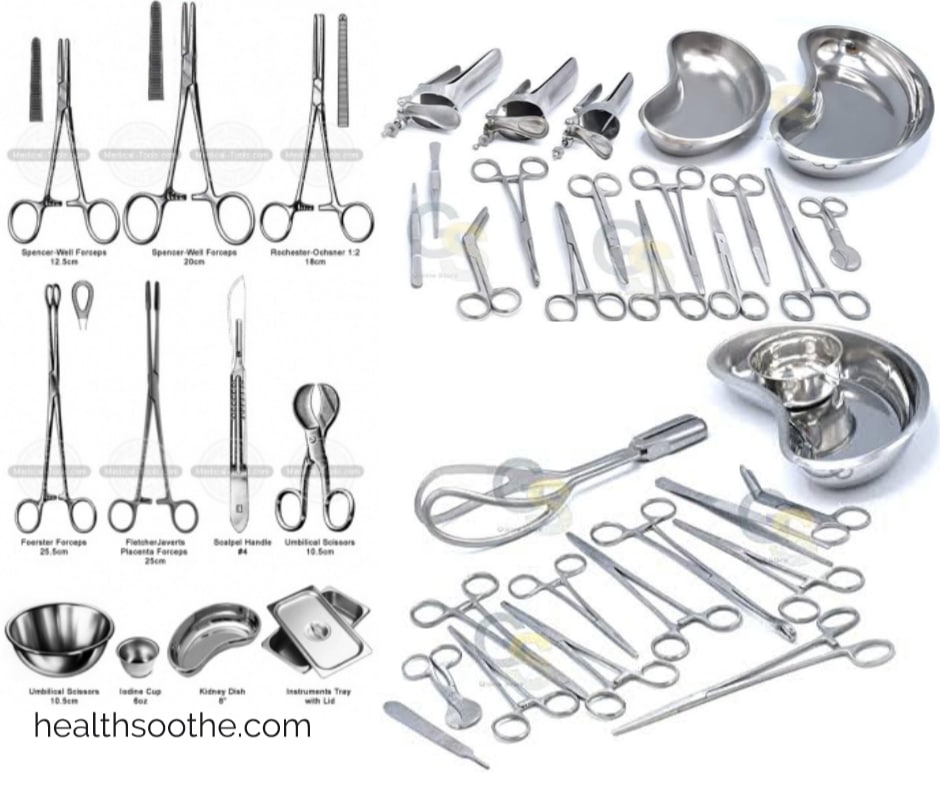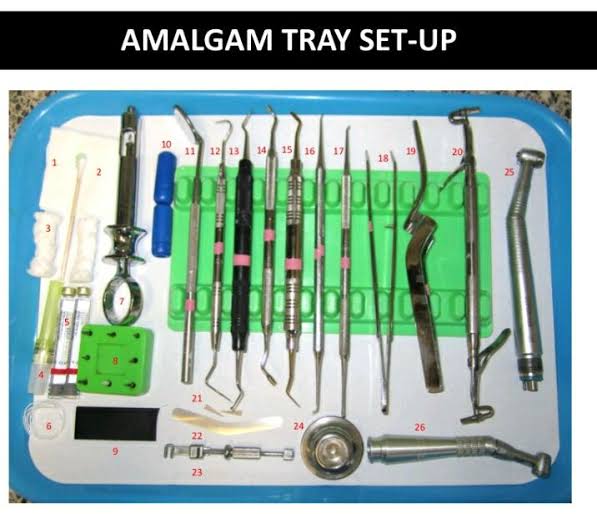To reduce spinal column movement during the first examination, care, and rescue of a [mfn]trauma patient[/mfn] with a suspected spinal injury.
Paraplegia and quadriplegia are two neurological symptoms that are presumed to be a result of a spinal cord injury linked to spinal column instability.
The cervical, thoracic, and lumbar spines are immobilised in a straight line to provide spinal protection. The patient is completely immobilised on a long spinal board (backboard) for transport, rigorous adherence to log-rolling techniques every time the patient is moved, and the implantation of a cervical collar.
The purpose of spinal precautions is to prevent subsequent spinal cord injury from severe bending or twisting in the context of potentially unstable spinal column injuries.
Read Also: 4 Factors To Consider When Choosing a Spinal Cord Injury Lawyer
What is the spinal cord?
The spinal cord is an intricate bundle of nerves that extends from the base of the brain via the vertebral canal and ends at the backbone.
Along with the brain, it is a component of the body’s network of nerves known as the central nervous system. There are two roots formed of nerve fibres in each of the many segments of the spinal cord.
These roots are referred to as the dorsal (which is towards the rear) and the ventral (which is away from the back) roots.
Our bodies are mostly supported by the spinal column.
It protects the spinal cord from harm while enabling upright standing, bending, and twisting. Injuries to the spinal cord often result in problems like:
The spinal cord is an intricate bundle of nerves that extends from the base of the brain via the vertebral canal and ends at the backbone.
Along with the brain, it is a component of the body’s network of nerves known as the central nervous system. There are two roots formed of nerve fibres in each of the many segments of the spinal cord.
These roots are referred to as the dorsal (which is towards the rear) and the ventral (which is away from the back) roots.
Functions-of-the-spinal-cord-title-image
Our bodies are mostly supported by the spinal column.
It protects the spinal cord from harm while enabling upright standing, bending, and twisting. Injuries to the spinal cord often result in problems like:
- Permanent changes in the body’s strength;
- Loss of sensation; and
- Loss of motor control or other functions.
Because the spinal cord is essential to the body’s operations, serious damage may significantly alter a person’s life.
Spinal cord injuries (SCIs) are the subject of extensive study, and experts are hopeful that the discoveries they make may someday be sufficient to totally restore the harm in the future.
You must have a firm grasp of the several purposes that a spinal cord performs in order to comprehend how spinal cord damage might influence a person’s life.
The Major Functions of the Spinal Cord
The spinal cord’s major functions include:
Electrical and chemical exchange. Different body parts may communicate with the brain by transmitting electrical impulses as they move up and down the spinal cord and via nerves.
Walking. A number of muscle groups in the legs are continually contracting and relaxing while a person walks. Since we have been doing it our whole lives, the action of taking step after step could appear extremely simple to us, but there are really many elements that need to be correctly coordinated in order for this to happen.
The neurons that make up the central pattern generators in the spinal cord communicate with the muscles in the legs to cause them to relax or contract, producing the alternating motions that characterise walking.
Reflexes. Reflexes are uncontrollable reactions to stimuli that include the brain, spinal cord, and peripheral nervous system nerves.
The Structure of the Spinal Cord
The vertebral column’s protective covering encloses the spinal cord’s overall structure. The gaps between the vertebral arches are home to the spinal nerves. These distinct sections make the division of spinal nerves:
- Cervical (neck)
- Thoracic (chest)
- Lumbar (abdominal)
- Sacral (pelvic)
- Coccygeal (tailbone)
White Matter & Grey Matter
The grey matter, which has the[mfn]form of a butterfly[/mfn], and the white matter of the spinal cord are separated (which is the material surrounding the grey). Axons, which are nerve fibres that run up and down the length of the cord, make up the white matter.
Each axonal group contains the precise information required for communication. The descending tracts of axons transmit messages from the brain to numerous muscles and glands throughout the body, while the ascending tracts connect with the brain.
Additionally, the grey matter is organised according to its purpose. Each half of the grey matter contains a dorsal horn, ventral horn, and lateral horn if the grey matter were divided into two equal halves. The lateral horn provides cardiac and smooth muscle, whereas the dorsal and ventral horns supply skeletal muscle.
Spinal Nerves
Communication between the spinal cord and the rest of the body is made possible via spinal nerves. A nerve is a structure that resembles a tiny cord and is made up of several connected axons. 31 pairs of spinal nerves are present.
- 8 are cervical nerves located in the neck
- 12 are thoracic nerves located in the chest
- 5 are lumbar nerves located in the abdomen
- 5 are sacral nerves located in the pelvis
- 1 is the coccygeal nerve located in the tailbone
Reflexes
A reflex may be a straightforward, uncontrolled action or it may be a learnt action. Simple actions like removing your hand from a hot object are part of our nervous system’s wiring. Playing the piano, for example, requires practice in order to develop reflexes. There are 5 parts that make up a reflex:
Receptor: In response to an electrical signal, the receptor acts.
Afferent pathway: This route, known as the afferent pathway, directs the activity to the integrating centre.
Integrating centre: The nervous system normally serves as the integrating centre, which processes all of the action potentials. The integrating centre decides how the body should react once the information has been digested.
Efferent route: the response then goes down this channel to the effector organ.
Effector organ: This organ executes the reaction to everything mentioned above. A muscle or gland in the body often responds as an organ.
Spinal Cord Injury
A spinal cord injury (SCI) occurs when the nerves or a portion of the cord near the base of the spine is damaged. If the brain can’t transfer information beyond the damage, it might have a significant impact on the body’s sensory, motor, and reflex functions.
The extent of the damage increases with the proximity of the lesion to the brain. As you may guess, an SCI can permanently change a person’s life. However, there are several therapeutic alternatives, and the prospects for a cure for paralysis have never been better.
Technology is demonstrating its ability to let the brain communicate with limbs that have had nerve injuries. The most serious spinal cord injuries may be reversible in only five years because of the rapid advancement of science.
Conclusion:
The cervical, thoracic, and lumbar spines are immobilised in a straight line to provide spinal protection. The patient is completely immobilised on a long spinal board (backboard) for transport, rigorous adherence to log-rolling techniques every time the patient is moved, and the implantation of a cervical collar.








